India’s diverse culinary traditions don’t end with what’s on the plate – they extend to how food is served, eaten, and shared. Cutlery in India carries a history that reflects regional customs, craftsmanship, and the relationship between the diner and the dish. Each utensil, whether handcrafted from wood or gleaming in brass, has a story to tell. Let’s dive into the world of Indian cutlery traditions and explore how different regions have elevated everyday meals with artful tools and thoughtful practices.

Cutlery That Reflects Culture and Rituals
In many parts of India, food is traditionally enjoyed without cutlery. The use of hands, especially in South India and Bengal, is considered an intimate way to experience the texture and aroma of food. However, certain dishes and rituals have long relied on specific utensils. Brass thalis and katoris, silver spoons for special occasions, and wooden ladles for temple offerings are a few examples of how utensils have been woven into cultural practices.

In Rajasthan, you may encounter beautifully engraved copper spoons, often used during festive gatherings. Down south, banana leaves serve as plates, but wooden ladles – large enough to scoop piping hot curries – are essential in temples and homes alike.
A Glimpse into Regional Materials and Craftsmanship
India's rich craft heritage is reflected in the materials used for traditional cutlery. Brass, copper, and bell metal are popular in northern and eastern India. These metals are not only durable but believed to carry health benefits – they purify the food and improve digestion. Wooden spoons and spatulas, often seen in the kitchens of Kerala and Goa, bring a rustic charm to cooking while being gentle on delicate cookware.
Meanwhile, in Gujarat, khadiya spoons carved from neem wood are common, known for their antibacterial properties. In contrast, Kashmiri households treasure delicate walnut wood spoons – ideal for stirring fragrant teas and aromatic biryanis.
Cutlery and Celebration: A Festive Affair
Utensils take on a special meaning during festivals and weddings. Gold-plated cutlery sets are sometimes exchanged as gifts, symbolising prosperity and abundance. In Maharashtrian homes, silver plates and spoons are reserved for offerings during Ganesh Chaturthi, reinforcing the sacredness of both the utensil and the act of serving.

Hand-beaten brass ladles, passed down through generations, make their appearance in kitchens during grand feasts, such as Onam Sadya or Bengali Durga Puja. These heirloom pieces are cherished not just for their beauty but also for the memories they carry.
Sustainability Rooted in Tradition
The resurgence of interest in sustainable materials is bringing attention back to traditional cutlery. Modern lifestyles are rediscovering the value of eco-friendly practices that have long been embedded in Indian culture. Wooden spoons, reusable copper tumblers, and clay serving bowls are perfect examples of how utility and beauty merge seamlessly in heritage crafts.
These traditional pieces are not just functional but thoughtful – built to last, easy to maintain, and intended to reduce waste. Investing in such objects aligns with a lifestyle that values craftsmanship over mass production.
Bringing Indian Traditions into Contemporary Homes
The charm of Indian cutlery lies in its timeless appeal. Whether it's a brass spoon with intricate etching or a set of wooden ladles from a local artisan, these pieces complement modern dining spaces beautifully. They bring with them stories of community, craftsmanship, and thoughtful living.
Incorporating traditional cutlery into your everyday table can be a subtle way to reconnect with cultural roots. Pair a simple breakfast with a wooden butter knife or serve tea in a brass spoon – these small changes can infuse ordinary moments with meaning.
The Future of Tradition
As the world moves towards conscious consumption, Indian cutlery traditions offer a rich source of inspiration. Choosing handmade, artisanal utensils is not just about preserving heritage; it is also about embracing thoughtful living – valuing what you own and cherishing objects that stand the test of time.
These timeless utensils are more than tools – they are storytellers, bringing together the past and present in a graceful dance. And while they may seem small, their presence at the table is a reminder that beauty, tradition, and utility can always coexist.










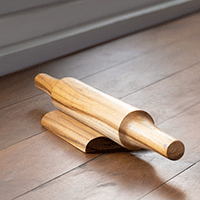


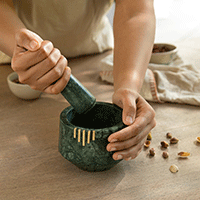



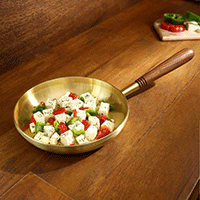














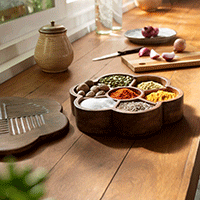






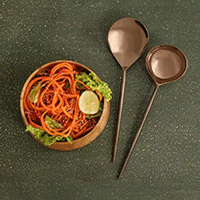







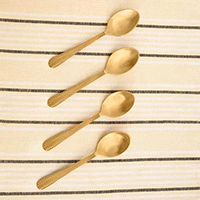

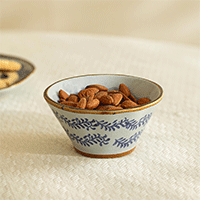


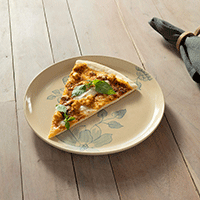





























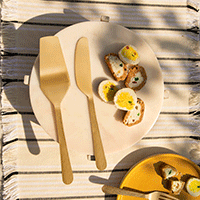
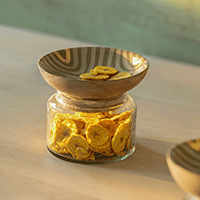






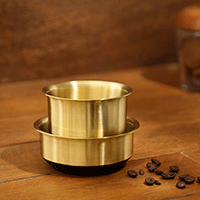




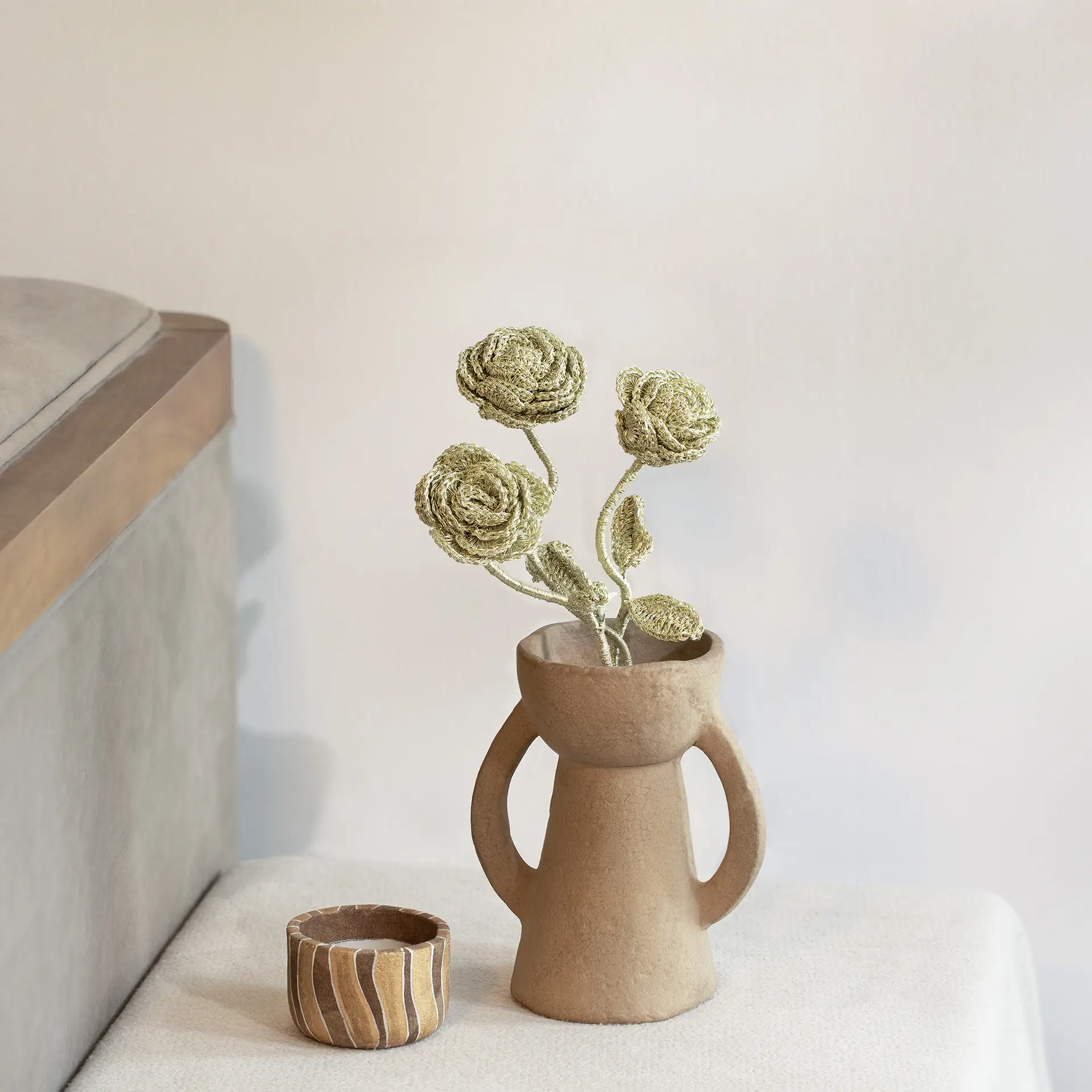








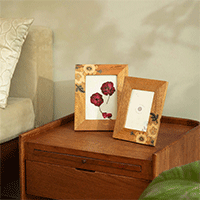














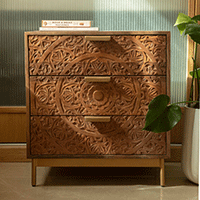

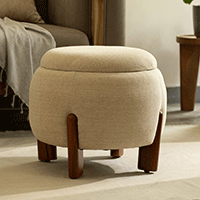













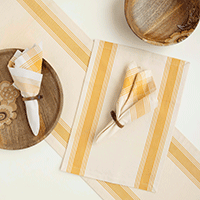





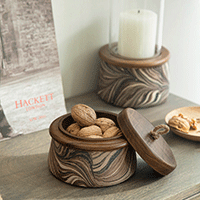




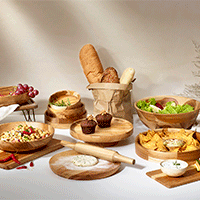
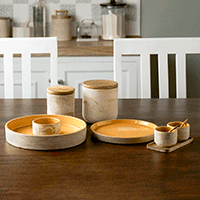

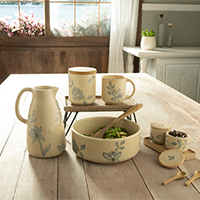




















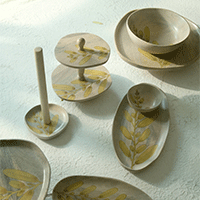

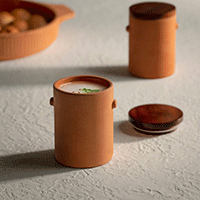



















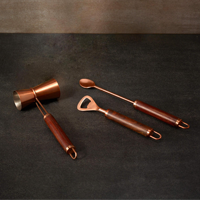



















 easy returns
easy returns safe & secure
safe & secure hand crafted
hand crafted
